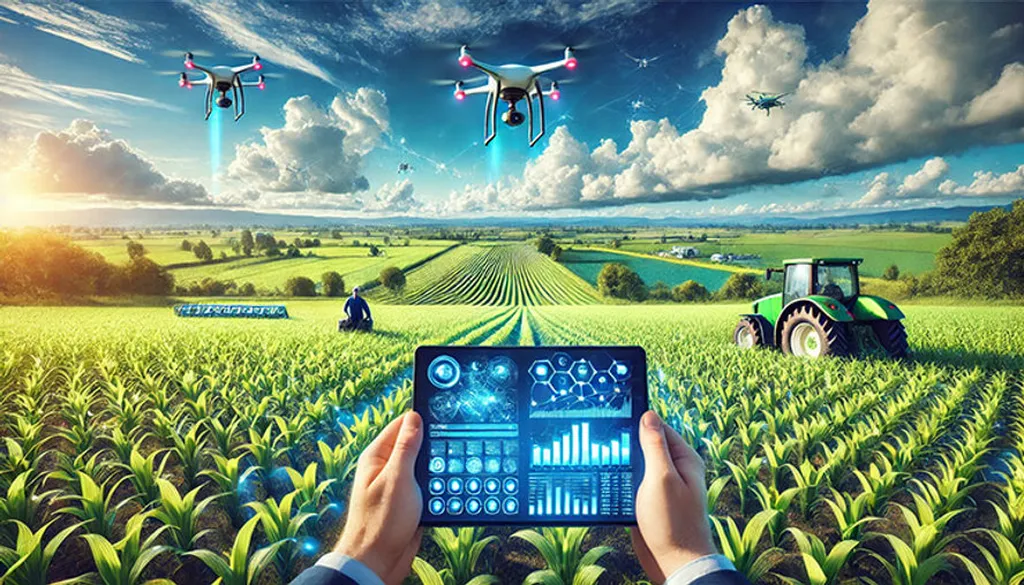In the ever-evolving landscape of artificial intelligence, a novel approach is emerging that promises to bridge the gap between data-driven learning and human-like reasoning. This approach, known as neurosymbolic AI, is gaining traction for its potential to make AI systems more transparent and interpretable, particularly in high-stakes fields like healthcare and agriculture. A recent study published in *Applied Sciences* introduces a Logic Tensor Network (LTN)-based neurosymbolic framework that could revolutionize how we approach predictive modeling in these critical sectors.
The research, led by Semanto Mondal from the Department of Information Science and Technology at Pegaso University in Naples, Italy, addresses some of the most pressing limitations of traditional machine learning models. These models, while powerful in identifying complex patterns, often lack transparency and struggle with logical reasoning and explainability. This opacity can be a significant hurdle in applications where understanding the ‘why’ behind a prediction is as crucial as the prediction itself.
“Our framework integrates symbolic knowledge expressed in First-Order Logic into neural learning,” Mondal explains. “This hybrid approach not only enhances predictive accuracy but also provides a level of interpretability that is currently lacking in many AI systems.”
The study focuses on diabetes prediction using the Pima Indians Diabetes Dataset, but the implications extend far beyond healthcare. In agriculture, for instance, the ability to predict disease outbreaks, optimize crop yields, or manage resources more effectively could have profound commercial impacts. Farmers and agribusinesses often operate on tight margins, and the ability to make data-driven decisions with a clear understanding of the underlying factors could lead to significant cost savings and improved productivity.
The LTN-based neurosymbolic framework demonstrated superior performance compared to traditional models like Support Vector Machines, Logistic Regression, and Random Forest Classifiers. It achieved a higher AUC-ROC score and an excellent balance between recall and precision, underscoring its potential for trustworthy diagnostics. This level of accuracy and explainability could be a game-changer in agriculture, where decisions often need to be made quickly and with a high degree of confidence.
“By integrating symbolic reasoning with data-driven models, we can bridge the gap between explainability, interpretability, and performance,” Mondal notes. This integration could lead to AI systems that are not only more accurate but also more trusted by the people who rely on them.
The commercial impacts for the agriculture sector are substantial. Imagine an AI system that can predict the onset of a plant disease with high accuracy and provide clear, logical reasoning for its predictions. Farmers could take preemptive measures, reducing crop loss and improving yield. Similarly, resource management could become more efficient, with AI systems providing transparent recommendations for water usage, fertilizer application, and pest control.
The research highlights a promising direction for AI systems in domains where both accuracy and explainability are critical. As we look to the future, the integration of symbolic reasoning with data-driven models could shape the development of AI technologies across various industries, including agriculture. The potential is vast, and the implications are far-reaching, offering a glimpse into a future where AI systems are not just powerful but also transparent and trustworthy.

